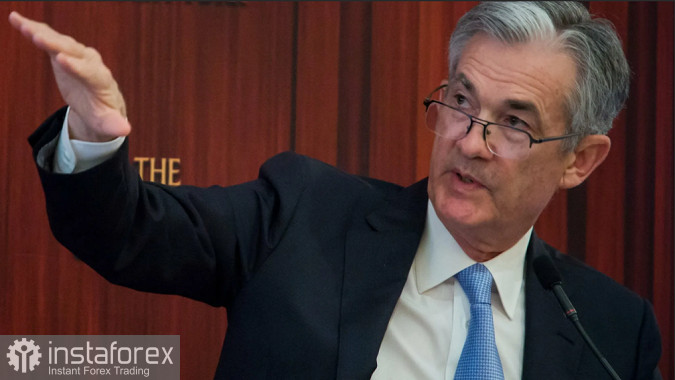
Fed Chairman Jerome Powell has a new North Star to guide his fight against inflation, and it will put American wages at the heart of monetary policy next year.
Powell says he's looking at a price-gauge that covers everything from health care and haircuts to a night in a roadside motel. Because wages are a particularly large cost for those service industries, "the labor market holds the key to understanding inflation in this category," he told the Brookings Institution in November in his final set-piece speech before the Fed's latest interest rate hike.

In his press conference following that decision on Wednesday, Powell returned to the theme. Now, he said, wages are rising "well above what could be consistent with 2% inflation."
The key question for Fed officials is whether the rise in U.S. pay over the past 18 months or so is a one-time bump as companies adjust to scarce labor supply and a realization that their workforce is underpaid, or a pernicious feedback loop in which prices and wages drive each other up.
There are signs that they are not willing to take any chances, which means that Powell's new guide points towards tighter policy. Forecasts released by the Fed last week suggest a benchmark rate of 5.1% for next year, a higher-than-expected number that led to a stock market rout.
 English
English 
 Русский
Русский Bahasa Indonesia
Bahasa Indonesia Bahasa Malay
Bahasa Malay ไทย
ไทย Español
Español Deutsch
Deutsch Български
Български Français
Français Tiếng Việt
Tiếng Việt 中文
中文 বাংলা
বাংলা हिन्दी
हिन्दी Čeština
Čeština Українська
Українська Română
Română

